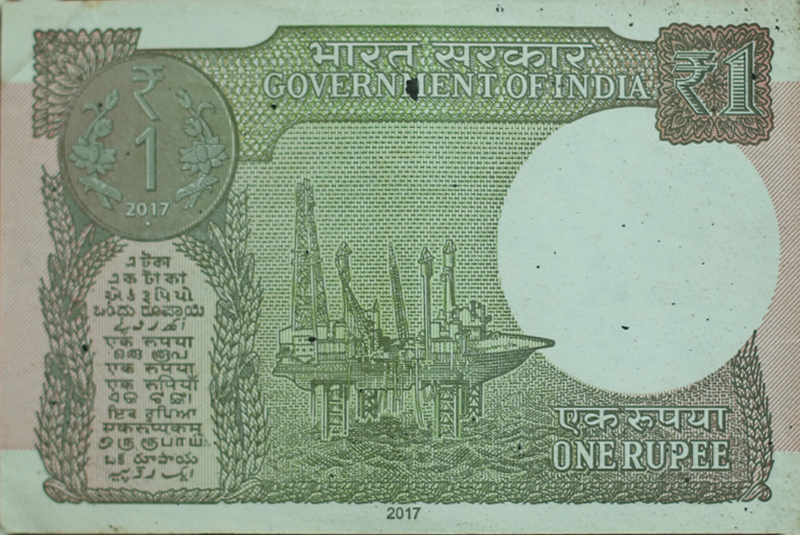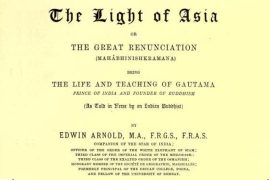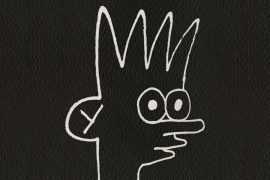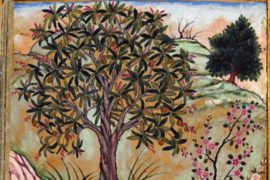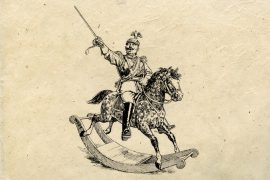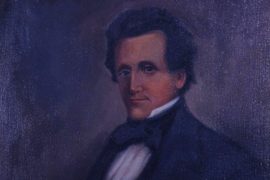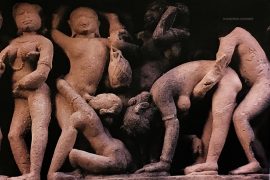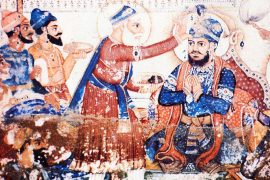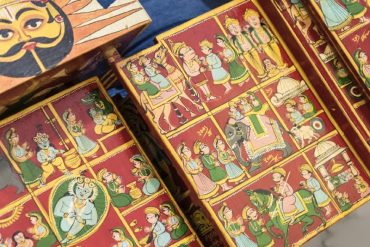“Throughout history, the right to Coinage and Currency and issues of sovereignty have been curiously conjoined, emotionally if not rationally. These issues stimulate debate even today,” states the Reserve Bank of India.
The evolution of India’s currency reflects the political and economic situation of the country. From its colours to motifs, size and weight to denominations in circulation, currency in India is organised by the Union government and counts as valid only through its recognition.
The history of the Indian rupee reflects India’s socio-economic situation. The government stopped printing the one-rupee note in 1926. In August 1940, as a wartime measure, the government introduced the one rupee with the status of a coin in August 1940; it remained in circulation till 1994.
When India became independent, symbols of sovereignty and motifs on coins and banknotes were changed. The notes and coins which carried the portrait of King George VI needed a representation of their own.
Initially, it was proposed that the King’s picture on the notes be replaced with that of Gandhi. Designs were drafted per those requirements; however, it was not Gandhi’s face that declared the power change. By accord, the notes and coins of Independent India bore the Lion Capital.
After Indians declared their independence from the British administration, the Reserve Bank continued issuing notes during the transition period. The monetary system did not change much from colonial times, with one rupee divided into 192 pies.
In 1949, the government of Independent India changed the designs of the one rupee note, replacing the portrait of the King with the Lion Capital. With the introduction of the Anna Series in 1950, the Tiger on the one rupee currency was replaced with corn cobs. The representation signalled a change in emphasis toward agricultural growth and self-sufficiency.
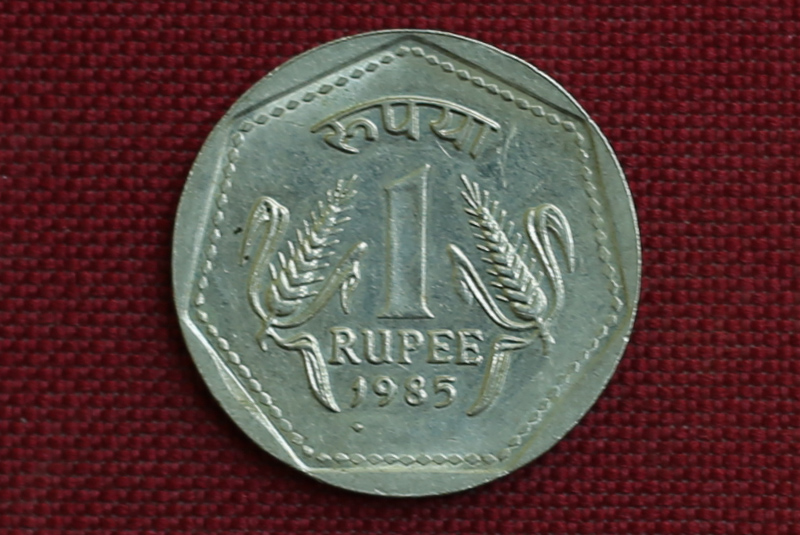
Since 1953, India has started using Hindi on the new currency. An argument about the Hindi plural of Rupaya was resolved in favour of Rupiye. The new decimal Paisa, which divided the rupee into 100 ‘paisa’ instead of 16 annas, was known as ‘Naya Paisa.’ On June 1, 1964, ‘Naya’ was omitted from the name. The values and other inscriptions on the rupee coin and others began to be printed in Hindi.
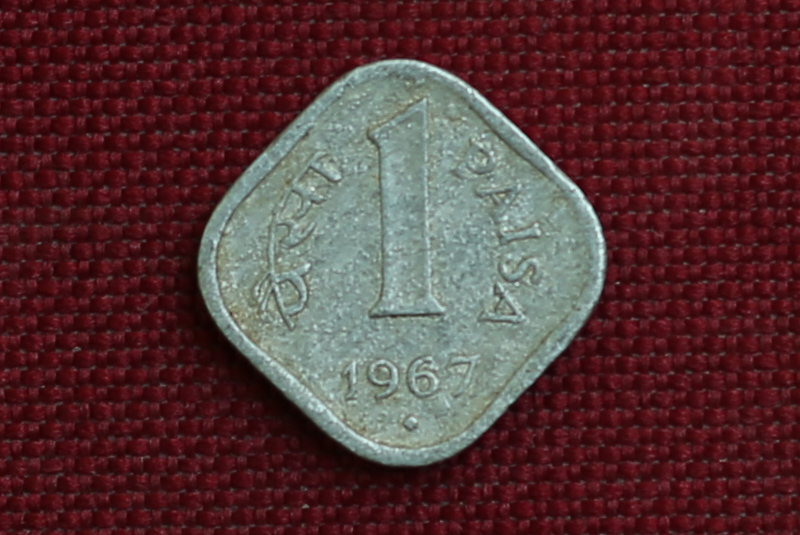
The ’60s were a time of economic downturn. During the 1962 Indo-China conflict, military expenditure skyrocketed. During the same period, India also had a severe drought. The rupee was tied to the pound sterling, and when the pound fell due to the UK’s failing economy, so did the rupee. India subsequently began borrowing significantly to fund its welfare and development initiatives, causing the national currency’s value to plummet.
The one-rupee currency notes and coins reflected the misfortune of India’s economic troubles. The increasing manufacturing prices led to the use of cheaper metal. The size of all the notes was reduced as a measure of saving resources in 1967. The original 10 gm nickel rupee coin was modified to an 8 gm cupro-nickel piece. Eventually, the weight was further decreased to 6 gms.
Finally, in 1969, the Reserve Bank of India printed the notes with the portrait of Gandhi, with the Sevagram Ashram in the background from denominations of 2 rupees and higher. However, the one rupee coin featured Gandhi’s face. It maintained the coin status of the one rupee, even on the notes.
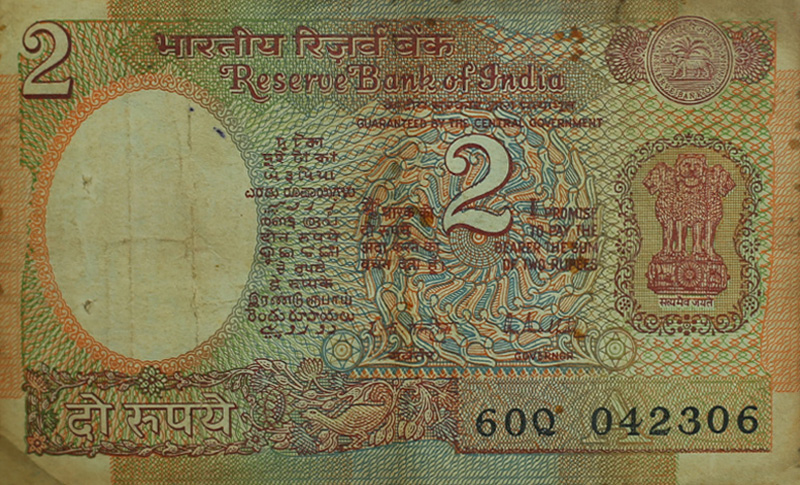
In the 1980s, a whole new set of notes was introduced. The motifs on these notes differed from the previous ones. The focus was on symbols of Science and Technology, progress, and a shift to Indian Art forms. The one rupee note featured an oil rig on the back, still featuring the coin with the Lion Capital.
To support the economy and the dip in purchasing power, the one rupee coin eventually began its production in stainless steel. Due to the high expenditures of administering Re 1, Rs 2, and Rs 5 note issuance, these denominations were gradually coined in the 1990s. In 1994, the minting of one rupee note stopped.
It was not until January 1, 2015, that the government approved the circulation of one rupee note again. The banknote was small, with the same oil rig design on the back but with new vibrant colours.
During the first decade of the twenty-first century, various new variants of the Indian Republic’s definitive coinage were released into circulation for the general public. The increased demand for metallic money resulted in the development of a few additional series, including 1) Unity in Diversity. 2) Nritya Mudra, 3) Connectivity and Information Technology.
The new patterns aimed to illustrate unity, rich cultural legacy, advancements in digital technology, and connection. The new coin series offers a tactile aspect for visually impaired persons as well as a fresh graphic style.
In 2010, the Bank of India and the Government of India jointly codified the unique symbol for the Indian Rupee, gaining a seat in the elite club of nations possessing a symbol for their currency. The new Rupee emblem was introduced on banknotes and coins. The Rupee sign (₹), the identifying mark of the Indian rupee, was established in 2011. The size and weight of the one rupee coin further diminished from 4.85 gms in 2005 to 3.79 in 2011.
The changes in the size and weight of the one rupee coin could be identified with the fall of the rupee in the international market. However, the designs represent the inculcation of new ideas, the status of India’s monetary system, and changing demands of technology.
Today, one rupee notes and coins do not account for much. The lower denominations are entirely lost. However, it is this one rupee that is the base identity of the Indian currency. The changes in its coin and notes reflect the state and struggles of the Indian political and economic system since independence.
-30-
Copyright©Madras Courier, All Rights Reserved. You may share using our article tools. Please don't cut articles from madrascourier.com and redistribute by email, post to the web, mobile phone or social media.Please send in your feed back and comments to editor@madrascourier.com

